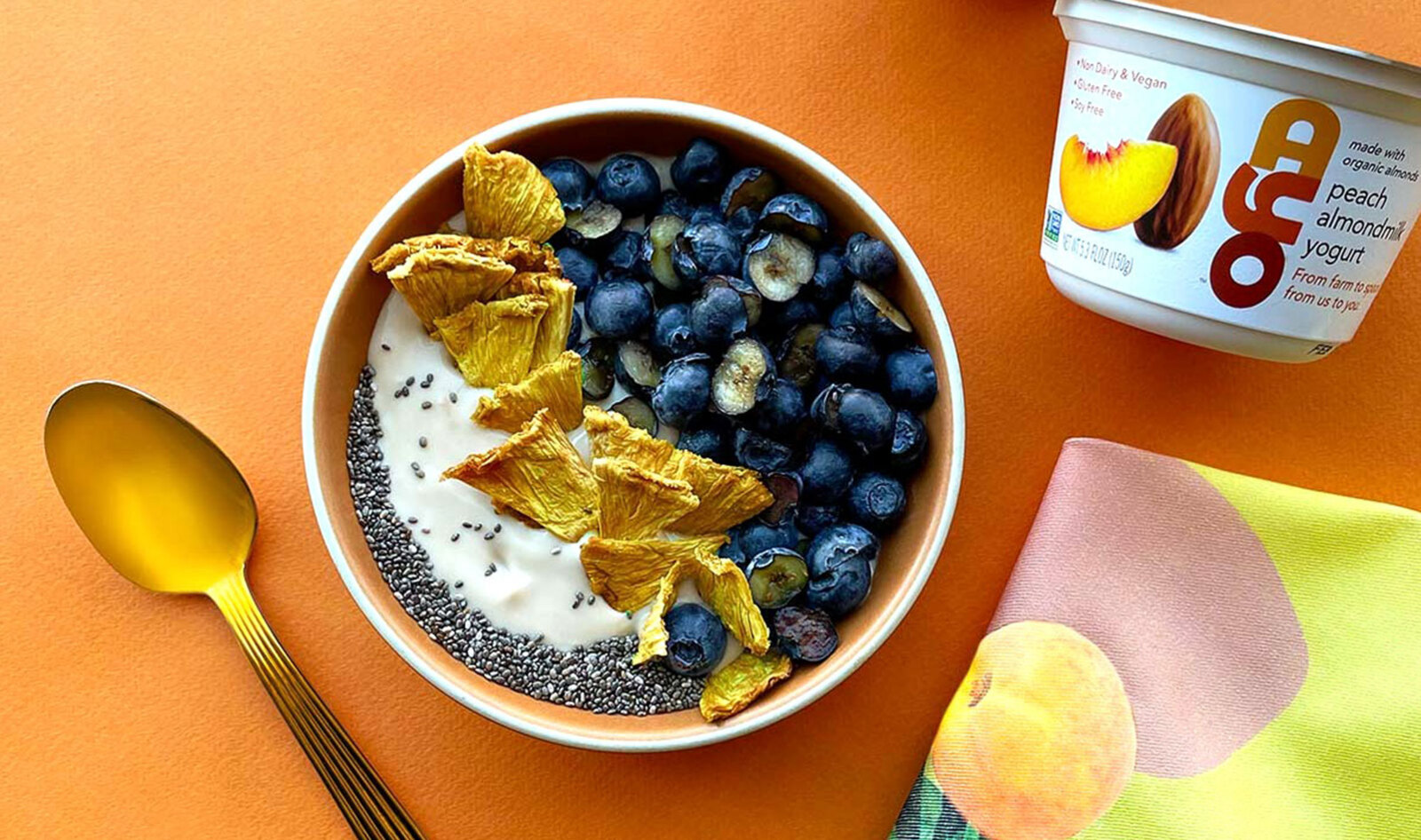What Kind of Algae Is in Almond Milk Yogurt!
Plant-based foods are on the rise, and almond milk yogurt is one of the most popular dairy alternatives. But if you’ve ever read the ingredients on the label, you might have noticed something surprising—algae. That leads to the big question: What kind of algae is in almond milk yogurt, and why is it there?
In this detailed guide, we’ll break down the role of algae in almond milk yogurt, the science behind it, its health benefits, and why food companies use it in the first place.
Why Algae Appears in Almond Milk Yogurt
Functional Ingredient
Algae, especially microalgae, is used in almond milk yogurt as a functional ingredient. It helps with texture, nutrition, and shelf stability.
Natural Source of Nutrients
Algae contains protein, fiber, minerals, and healthy fats. Adding it to almond milk yogurt boosts its nutritional profile.
Plant-Based Alternative
Because almond milk yogurt doesn’t have natural milk proteins, algae steps in as a plant-based thickener and stabilizer.
The Specific Kind of Algae Used
Chlorella
Chlorella is a green microalga packed with protein, vitamins, and antioxidants. It’s sometimes used in plant-based foods for added nutrition.
Spirulina
Spirulina, another microalga, provides blue-green color and is rich in nutrients like iron and B vitamins.
Algal Oil Extracts
Food makers often use algae-derived oils for healthy omega-3 fatty acids in almond milk yogurt.
Alginates
Extracted from brown algae, alginates act as stabilizers to keep almond milk yogurt creamy and smooth.
Role of Algae in Texture and Taste
Acting as a Thickener
Algae extracts create a yogurt-like thickness, mimicking the creaminess of dairy.
Preventing Separation
Without stabilizers, almond milk yogurt might separate into water and solids. Algae prevents that issue.
Neutral Taste
Algae used in yogurt is processed to be neutral in taste, so it doesn’t overpower the almond flavor.
Health Benefits of Algae in Almond Milk Yogurt
Rich in Omega-3 Fatty Acids

Algal oils are a sustainable source of DHA and EPA, nutrients usually found in fish.
High in Protein
Certain algae, like chlorella and spirulina, contain up to 60% protein.
Packed With Antioxidants
Algae brings antioxidants that fight free radicals and support overall health.
Boosts Digestive Health
Some algae-derived fibers support gut health and digestion.
Why Food Companies Choose Algae
Sustainability
Algae is one of the most sustainable crops—it grows quickly and doesn’t require farmland.
Vegan-Friendly
Unlike gelatin or dairy proteins, algae is plant-based and fits vegan diets.
Enhances Shelf Life
Algae helps stabilize plant-based yogurts, allowing them to stay fresh longer.
Comparing Algae With Other Additives
Algae vs. Gelatin
Gelatin comes from animals, while algae provides a cruelty-free alternative.
Algae vs. Cornstarch
Cornstarch thickens but doesn’t add nutrition. Algae thickens and improves health value.
Algae vs. Gums
Some yogurts use guar gum or xanthan gum. Algae is more natural and nutrient-rich in comparison.
Safety of Algae in Almond Milk Yogurt
FDA Approved
Algae extracts like alginates and algal oils are approved as safe by the FDA.
No Harmful Effects
When processed properly, algae in almond milk yogurt is safe and beneficial.
Allergen-Free
Most algae products are free from common allergens like gluten, soy, or dairy.
Consumer Awareness and Label Reading
Look for Keywords
Check labels for words like:
- “Algal oil”
- “Alginates”
- “Chlorella”
- “Spirulina”
Transparency in Brands
Many almond milk yogurt brands highlight algae as a superfood ingredient.
Nutritional Labels
Compare yogurts with and without algae to see the difference in protein, omega-3s, and fiber.
Environmental Impact of Using Algae
Lower Carbon Footprint
Growing algae requires less energy than traditional dairy.
Reduced Water Usage
Compared to almonds or cows, algae needs very little water.
Renewable Source
Algae can be produced year-round, making it a stable food supply.
How Algae Improves the Plant-Based Market
Supports Vegan Growth
Plant-based diets are expanding rapidly, and algae is helping create better dairy alternatives.
Improves Product Quality
Without algae, many vegan yogurts would lack creaminess and nutrition.
Expands Consumer Choices
Algae allows companies to develop more innovative and healthy food products.
Myths About Algae in Almond Milk Yogurt
Myth 1: Algae Makes Yogurt Taste Fishy
Fact: Algae oils and extracts are refined, so they don’t affect flavor.
Myth 2: Algae Is Unsafe
Fact: Approved algae ingredients are scientifically tested for safety.
Myth 3: Algae Is Just a Filler
Fact: Algae actually enhances nutrition and improves product quality.
Future of Algae in Almond Milk Yogurt
More Nutritional Boosts
Expect yogurts with higher protein and omega-3s thanks to algae.
Cleaner Labels
Companies will use algae instead of artificial additives for natural appeal.
Innovative Flavors
Algae could even bring new colors or flavor blends to plant-based yogurt.
Final Thoughts
So, what kind of algae is in almond milk yogurt? The answer is usually chlorella, spirulina, algal oil, or alginates, depending on the brand. These algae not only improve texture but also add valuable nutrients, making almond milk yogurt healthier and more sustainable.
If you’re switching to dairy alternatives, algae-enriched almond milk yogurt is one of the best choices for taste, nutrition, and environmental impact.






